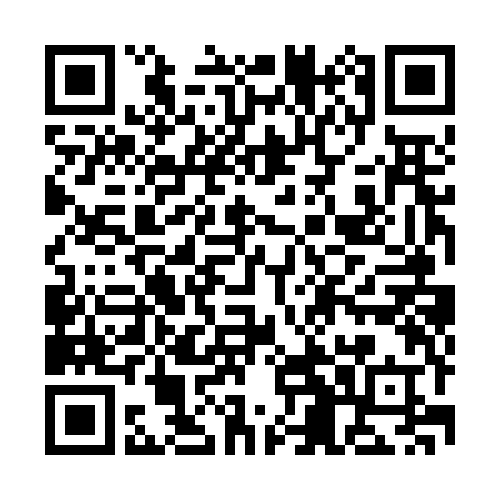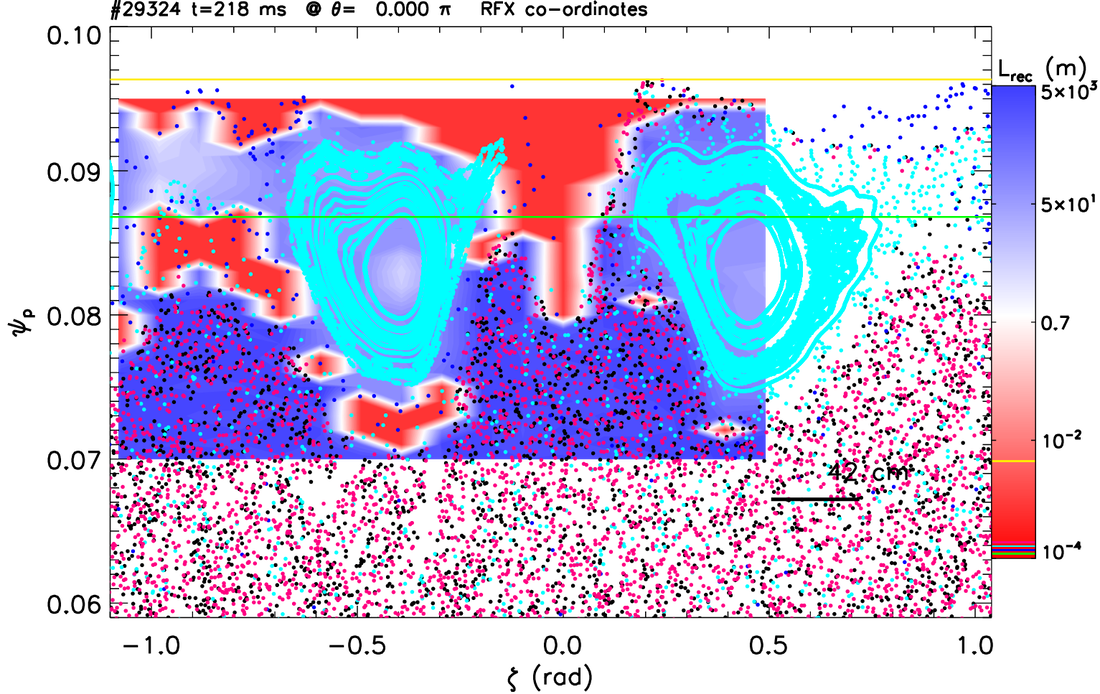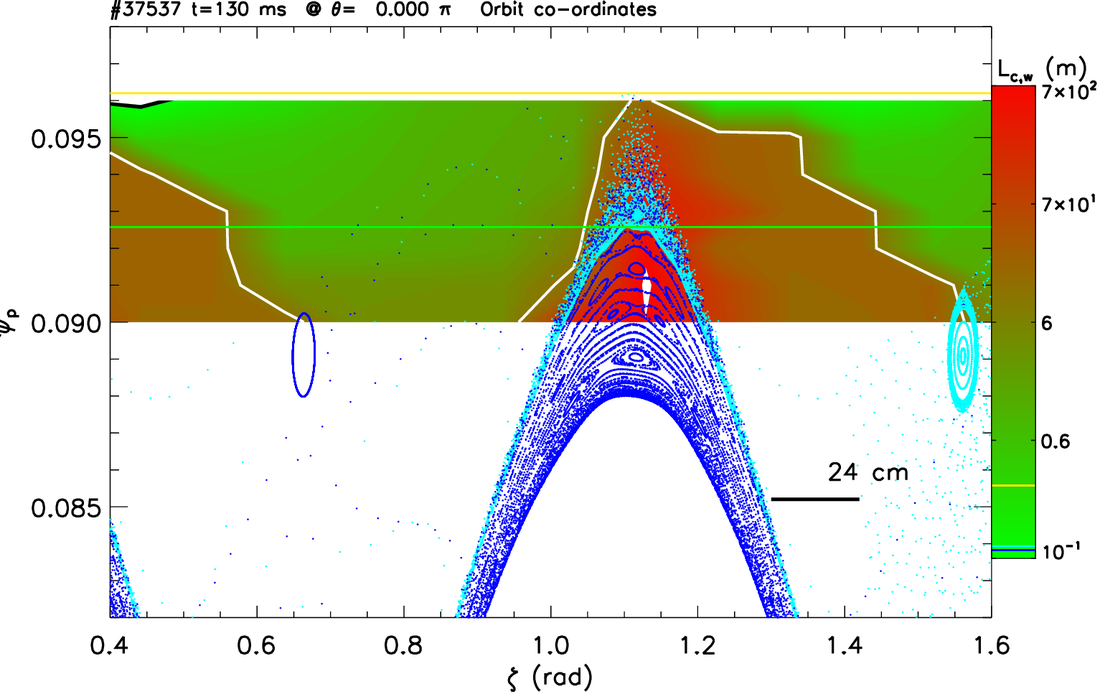| gianfuffo |
|
|
|
CNR
Come lavoro, sono ricercatore all'Istituto per la Scienza e Tecnologia dei Plasmi (ISTP) del CNR a Padova.
Il mio campo è la ricerca dei plasmi da fusione: ho esperienza in campo sperimentale (tomografia nei raggi X e nel visibile, analisi di dati di turbolenza magnetica), e in modelli: principalmente il codice Hamiltoniano di particella singola Orbit, per il cui sviluppo collaboro con il prof. Roscoe White ai laboratori di fisica del plasma (PPPL) di Princeton (NJ) a partire dal luglio 2004. Con Orbit ho descritto trasporto di particelle in campi magnetici ordinati e turbolenti, teoria del caos, equazioni di diffusione complesse (equazioni di cinetica frazionaria, soluzione di equazioni di trasporto con funzioni di Green, modello di Montroll-Weiss). Dal 2010 i miei studi avvengono in collaborazione con i miei colleghi del CNR/Consorzio RFX Paolo Scarin, Matteo Agostini e Nicola Vianello, sullo studio dettagliato delle proprieta' del plasma di bordo nell'esperimento padovano RFX-mod. Dal 2015 collaboro con il collega Marco Gobbin del CNR/Consorzio RFX e con i colleghi Fulvio Zonca e Matteo Valerio Falessi dell'ENEA di Frascati (Roma) sulla descrizione delle perdite di ioni veloci nel Divertor Tokamak Test (DTT), un tokamak in progetto a Frascati, che sarà il riferimento per gli studi di fusione nucleare in Italia negli anni a venire. Sono membro dal 2006 dell'American Physical Society (APS). Sono stato membro (fino al 2016) dell'American Association for the Advancement of Science (AAAS) , l'associazione fondata a Philadelphia nel 1848 che pubblica la rivista Science. Ho collaborato con lo staff dell'esperimento MST presso l'Università del Wisconsin, a Madison, con i ricercatori dell'Istituto Alfvén a Stoccolma e con il Plasma Frontier Group, presso l'AIST (Istituto di Tecnologia di Tsukuba, vicino a Tokyo), gruppo giapponese riorganizzato nel 2008 e che oggi non si occupa più di fisica dei plasmi. Nell'argomento del caos magnetico nei plasmi, oltre alla collaborazione con Roscoe White, ho collaborato nel passato anche con il Prof. Oliver Schmitz all'Universita' del Wisconsin, a Madison. Qui di seguito vi lascio una rassegna degli ultimi lavori che ho pubblicato insieme ai colleghi, italiani e americani. |
2023 CHAOS Conference (Herakleion, Crete, Greece, 13-17 June 2023)
|
Here you can download the talk I presented at the 2023 CHAOS Conference in Crete this year. CHAOS is an interdisciplinary conference organized by Prof. Christos Skiadas (first conference in Chania, Crete in 2008) which is entirely devoted to theory and simulation of chaos in various fields (physics, economy, biology, engineering, etc.)
In this talk I presented new results about weak chaos which has been simulated with ORBIT in the edge of the RFX experiment, and comparison with CCD images of plasma-wall interaction. To describe this enviromment, I made use, with colleagues Marco Veranda and Matteo Agostini (CNR/Consorzio RFX), of the method of Poincaré Recurrence Times, pioneered in the 90's by Georg Zaslavsky in New York. | ||||||
60th Annual Meeting of the APS Division of Plasma Physics Co-Located with the 71st Annual Gaseous Electronics Conference
November 5-9, 2018 • Portland, Oregon
|
Here you can download the contributed poster I will present at next APS DPP meeting in Portland.
It contains the recent developments on the helical edge topology of RFX, in particular the role of high toroidal mode numbers, n>7. | ||||||
A Very Strange Helix
|
Your browser does not support viewing this document. Click here to download the document.
|
Our latest paper, done in collaboration with colleagues Paolo Scarin and Matteo Agostini (plus others at RFX, Padua), and Roscoe White (PPPL,USA) and Oliver Schmitz (University of Wisconsin, Madison). It is about the helical pattern of plasma-wall interaction, which is seen in the helical states of RFX: in particular, the work concentrates on the toroidal coupling between the main m=1,n=7 mode and its toroidal sideband m=0, n=7.
This interaction gives birth to a ... very strange helix, which is the mixture of a helix, plus circular annuli in the poloidal direction. |
|
Your browser does not support viewing this document. Click here to download the document.
|
Invited talk I gave at the 643rd Wilhelm und Else Heraeus Seminar in Bad Honnef, Germany, from 22-24 May, 2017. It is about the electrostatic response to edge islands in tokamaks and RFPs.
It contains in particular the work done in collaboration with Oliver Schmitz on TEXTOR, and recent results on the effect of sidebands on the plasma kinetic response to a resonant magnetic perturbation (RMP). |
|
Your browser does not support viewing this document. Click here to download the document.
|
Published version of the IAEA paper, appeared on the May, 2015 issue of the Nuclear Fusion journal.
|
|
PhD Thesis of Matthew Logan Reinke (MIT Plasma Fusion Center, 2011)
| ||||||
|
Our last paper...
It is fruit of a collaboration together with Oliver Schmitz, UoW Madison. The last version has been prepared just before Christmas 2014!
| ||||||
|
Your browser does not support viewing this document. Click here to download the document.
|
25th IAEA Fusion Energy Conference
From October 12th, through Oct. 18th, the 25th IAEA Fusion Energy Conference will be held in Saint Petersburg, Russia. It is a venue where to attend a summary of the advances in the research in controlled nuclear fusion research, done in the last two years.
The IAEA FEC conference has been held continuously, every 2 years, since 1961 (first FEC conference in Salzburg). The focus will be obviously on the ITER, the experimental fusion reactor in construction in Cadarach, south of France. Clicking on the button on the left you can download my contribution, written together with colleagues Matteo Zuin (CNR Padova), Gianluca Pucella and Onofrio Tudisco (ENEA Frascati), Roscoe White (PPPL, Princeton, NJ, USA) and Oliver Schmitz (now at University of Madison, Wisconsin). |
|
41st EPS conference, Berlin (2014)
Click to download the invited talk by Nicola Vianello at the 41st European Physical Society meeting. It is a summary of measurements in RFX operated as reversed-field pinch and tokamak, regarding the modulation of radial electric field Er, and realted flow, in presence of edge resonances (magnetic islands).
| ||||||
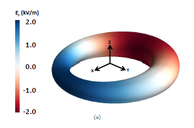 Electrostatic response to a magnetic island
Electrostatic response to a magnetic island
If you click on the image here on the left, you can download the published version of the Physics of Plasmas paper, special issue with the Proceedings of the invited talks at the 55th APS DPP meeting.
|
55th annual meeting of the APS Division of Plasma Physics- Denver, CO (2013)
The last release on the ambipolar edge potential, interpreted as an electromagnetic response to the magnetic islands spontaneously present, or induced by purpose, in fusion plasma devices.
It was presented as an invited talk at Denver, Colorado, on November 15th, 2013. | ||||||
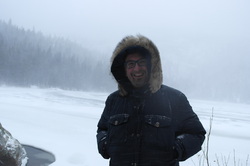
... and here, the day after giving the talk, in a typical winter snowstorm on the shore of Bear Lake, in the Rocky Mountains & Estes Park. The Bear is on front, in the background the frozen lake. I should say that dry and cold is not as annoying as humid and cold, which is the typical weather in November in Padova.
|
54th APS DPP meeting, Providence, RI (2012)
If you are interested, you can dowload the most recent review of the work on the ambipolar edge potential arising around magnetic islands embedded in the weakly chaotic magnetic field in the edge of reversed-field pinches and Tokamak RMPs.
It was presented at the 54th American Physical Society meeting of the Division of Plasma Physics in Providence, RI, Oct. 29-Nov.3, 2012. | ||||||
|
Your browser does not support viewing this document. Click here to download the document.
|
... ed ecco qui l'articolo relativo al workshop "Stochasticity in Fusion Plasmas" (2011) di Jülich , apparso sulla rivista Nuclear Fusion il 17 maggio di quest'anno, 2012.
Intanto proseguiamo nell'analisi dei campi elettrici che si vengono a formare al bordo di un plasma da fusione, e che sembrano limitarne notevolmente le proprieta' di confinamento (che e' lo scopo ultimo della fusione termonucleare controllata). |
|
Presentazione fatta al workshop "Stochasticity in Fusion Plasmas", tenutosi a Jülich (vicino ad Aquisgrana, in Germania) in Aprile di quest'anno.
Riguarda la formazione di celle convettive nella regione di bordo di un plasma da fusione. | ||||||
|
Una analisi dettagliata di effetti di bordo in un plasma da fusione: è la sintesi di un lavoro portato alla conferenza IAEA di Daejeon, in Corea, lo scorso novembre 2010.
| ||||||
|
E' un lavoro abbastanza generale sui regimi di diffusione delle particelle cariche in un campo magnetico, quello che viene chiamato "trasporto neoclassico"- è l'ultimo di una serie di lavori fatti con Orbit, il codice di Roscoe White.
| ||||||
|
Si tratta dell'ultimo di una serie di lavori sul limite di densità, un limite operativo che si riscontra nelle macchine toroidali di confinamento magnetico, come il Tokamak
| ||||||
NEW! Libretto divulgativo
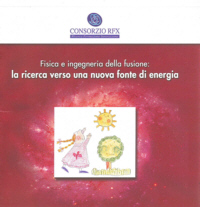
Opuscolo divulgativo del Consorzio RFX, scritto assieme alla D.ssa Margherita Basso e al Dr. Giampaolo Casini ed edito nel 2007, sul problema energetico e sulla ricerca sulla fusione termonucleare controllata, "portare il sole sulla terra".
Viene distribuito alle scuole in visita al nostro Istituto.
Viene distribuito alle scuole in visita al nostro Istituto.
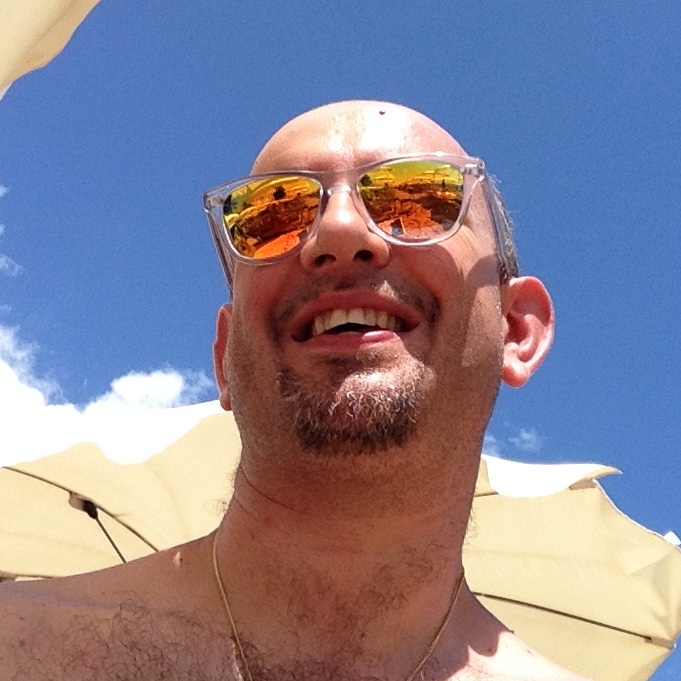
 orcid.org/0000-0001-8586-2168
orcid.org/0000-0001-8586-2168